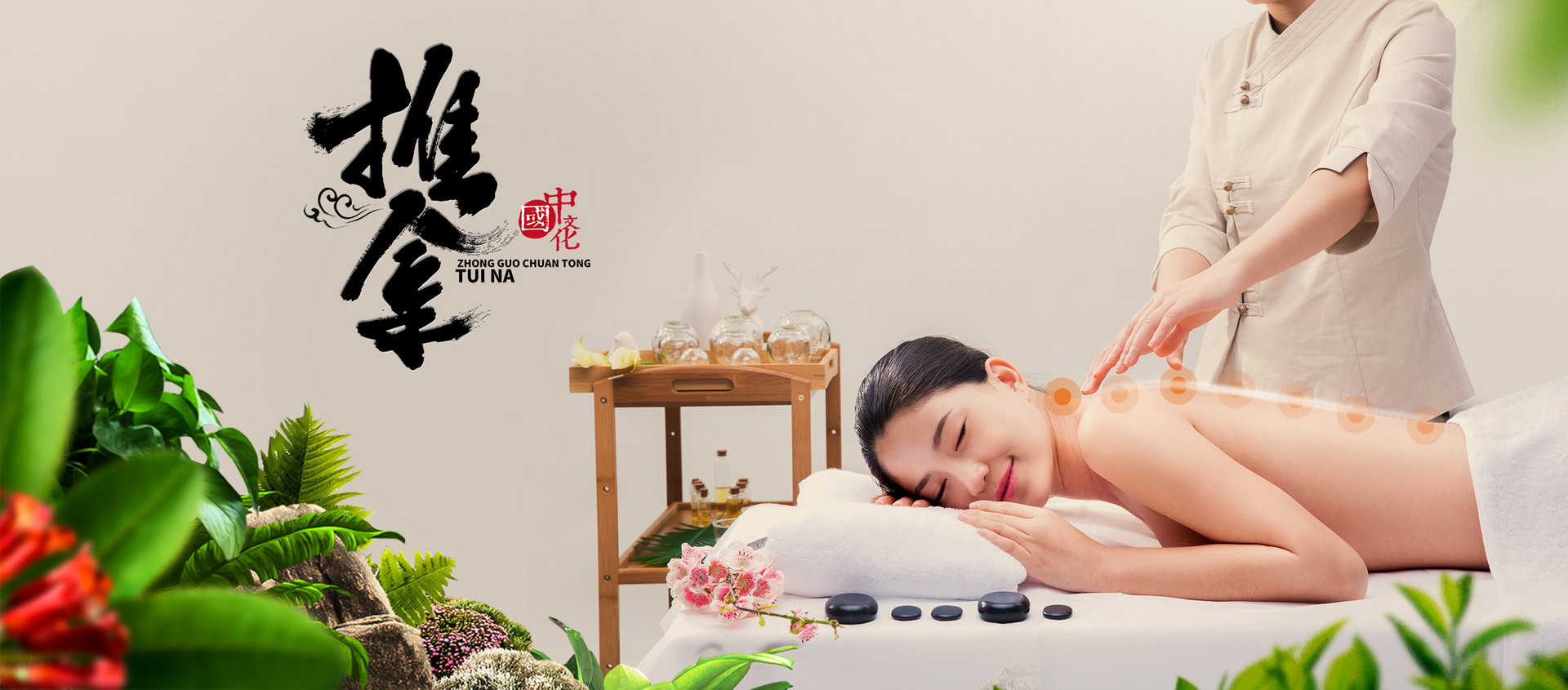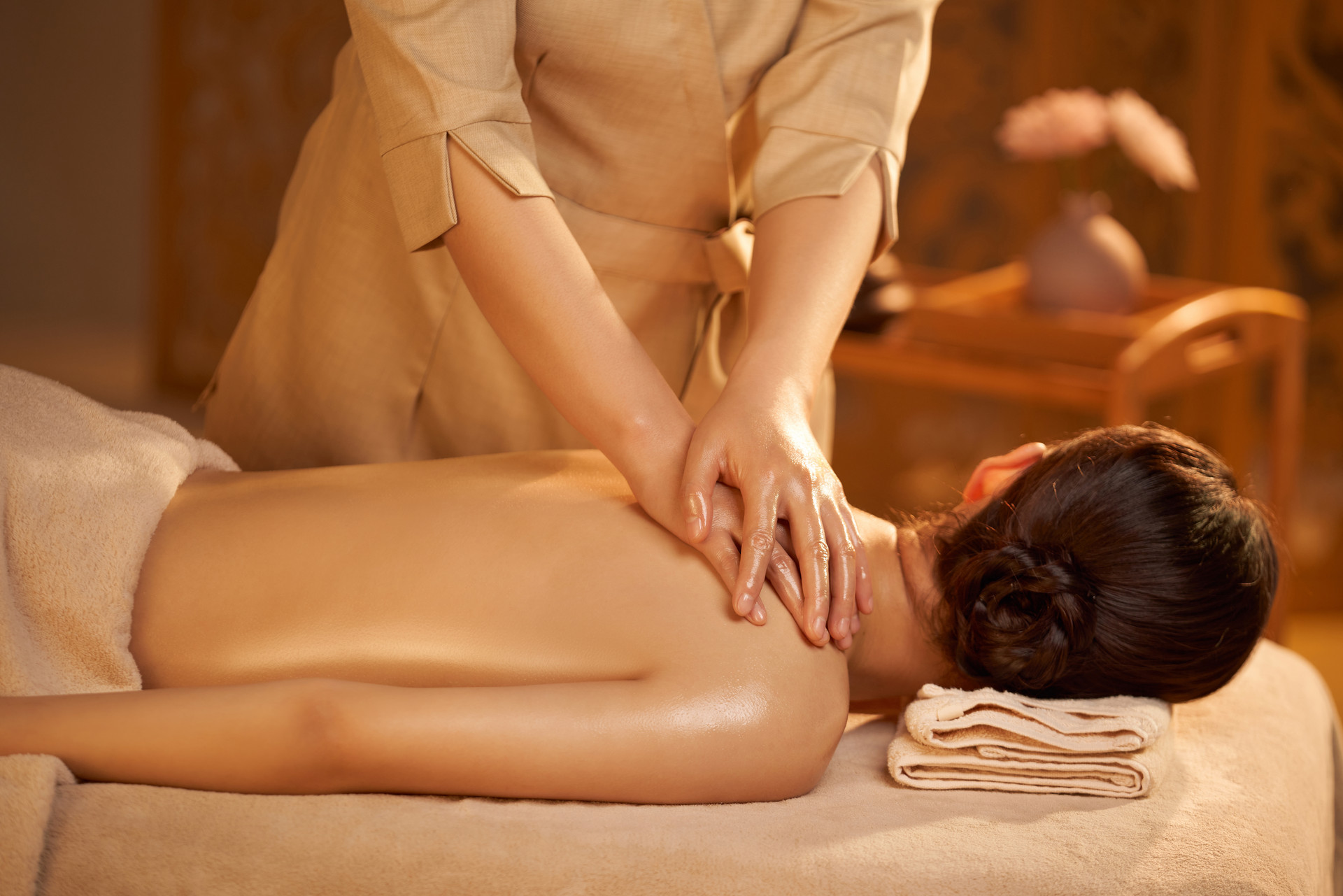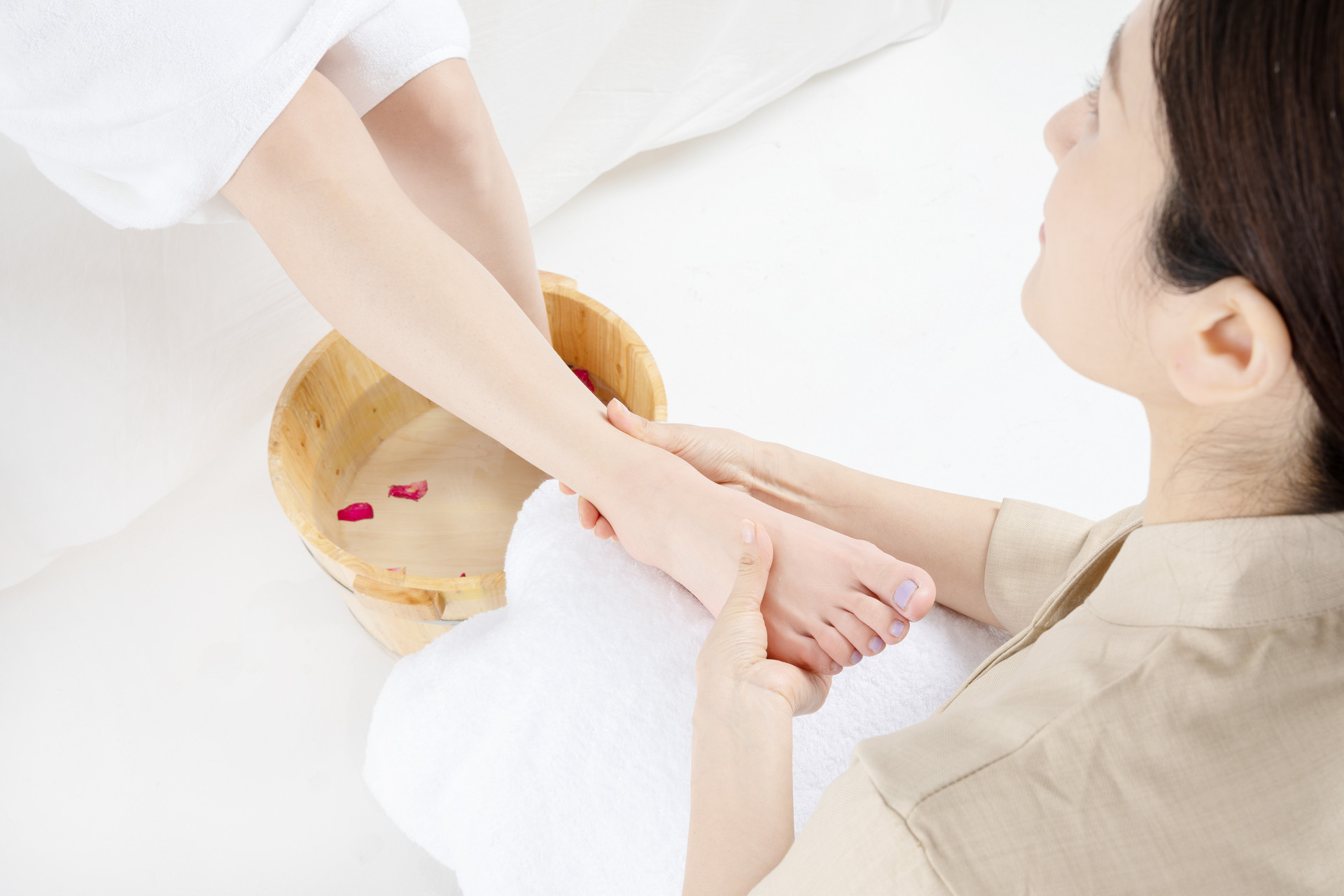In today's society, if we don't pay attention, we may end up with some twisted injuries. Long working hours can also lead to soreness and pain in the waist and shoulders. In such cases, we might consider getting a massage. So, what are the techniques of massage therapy? What are the benefits of massage therapy? And what should we be aware of? Do we all know? Let's take a look at the techniques of massage therapy together!
Table of Contents
1. What is massage therapy?
2. What are the characteristics of massage therapy?
3. How are common massage techniques classified?
4. What are some common massage techniques?
5. Massage techniques for children
6. Massage techniques for common ailments
7. Back health massage methods
8. Precautions for massage therapy
What is massage therapy?
Massage therapy refers to the method of using hands or other parts of the body to apply specific techniques to specific areas or acupoints on the patient's body. The techniques require endurance, strength, gentleness, naturalness, and a certain degree of depth to achieve the purpose of treatment. Massage therapy is an ancient method of treating diseases. It was widely used in medical practice more than two thousand years ago during the Spring and Autumn and Warring States period. The folk physician Bian Que successfully rescued a patient with asphyxia using massage and acupuncture. The Yellow Emperor's Inner Canon recorded the use of massage techniques to treat rheumatism, paralysis, facial paralysis, and stomach pain. Common techniques include pushing, grasping, pressing, kneading, pinching, tapping, flicking, plucking, pointing, shaking, rolling, patting, striking, stretching, traction, and reduction. In clinical practice, different massage techniques are used based on the patient's physique, condition, affected area, and purpose. Massage therapy mainly has the functions of relaxing tendons, promoting meridian circulation, regulating tendons, activating blood flow, and eliminating stasis. Through various types and intensities of stimulation, different durations of action, varying frequencies, and changes in technique direction, massage therapy has a therapeutic effect on specific organs.
Basic requirements for massage therapy
Endurance: The technique must be applied continuously for a certain period of time without interruption.
Strength: The technique must have a certain amount of force, which should be adjusted according to the patient's physique, condition, affected area, etc.
Uniformity: Refers to the rhythmic nature of the technique and the smoothness of the force. The movements should not be too fast or too slow, and the force should not be too light or too heavy.
Gentleness: Refers to the stability, flexibility, and mildness of the technique. The technique should be gentle but not floating, heavy but not stagnant. The force should not be weak or powerless, nor should it be rigid, rough, or using excessive force. Changes in movements should be natural.
All of the above points are interconnected. Endurance allows the technique to gradually penetrate with force, while coordinated movements make the technique more gentle. The combination of strength and skill makes the technique both powerful and gentle. This is what is commonly referred to as "strength with gentleness." In clinical applications, strength is the foundation and technique is the key. Both are essential and cannot be lacking.











